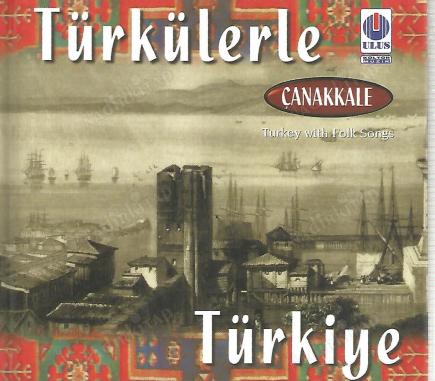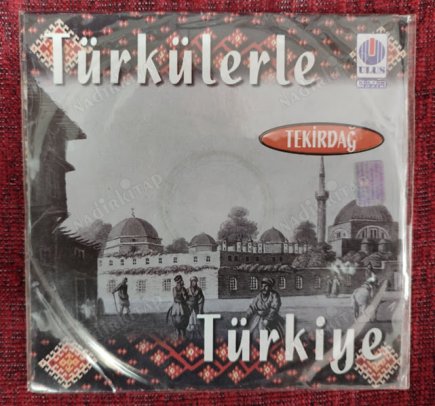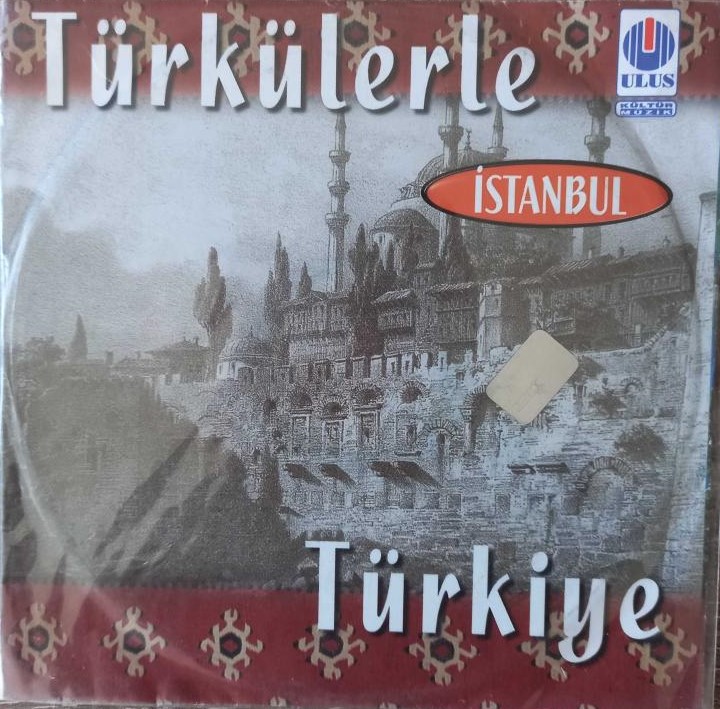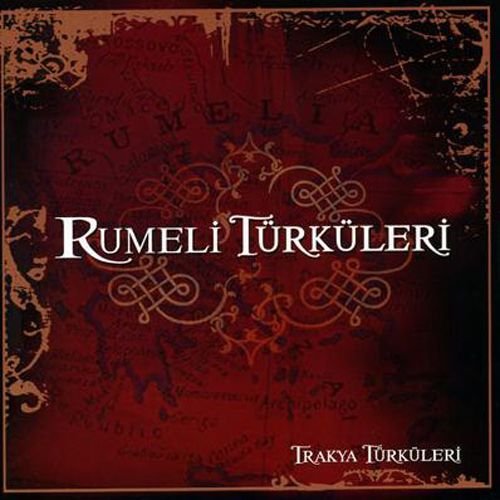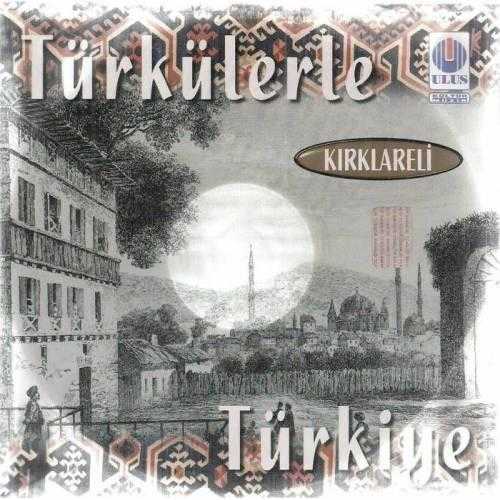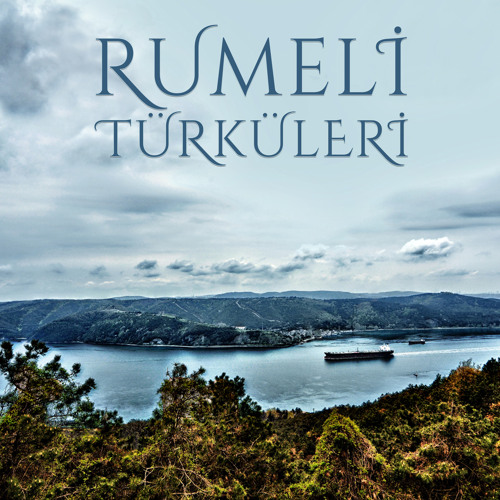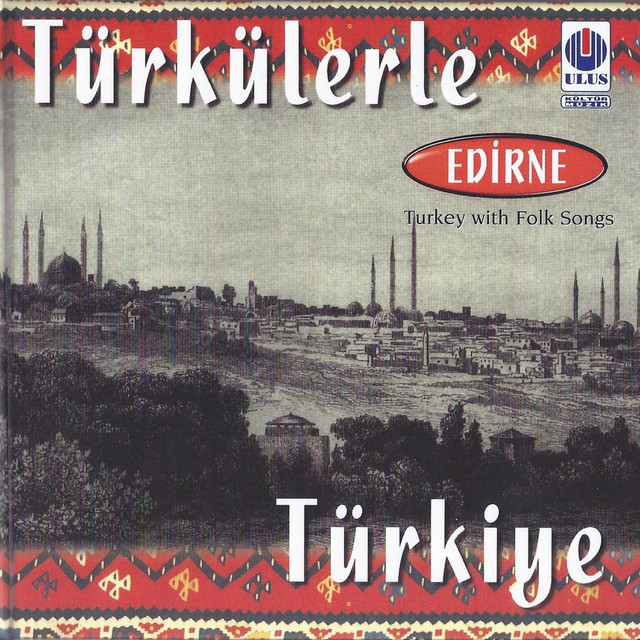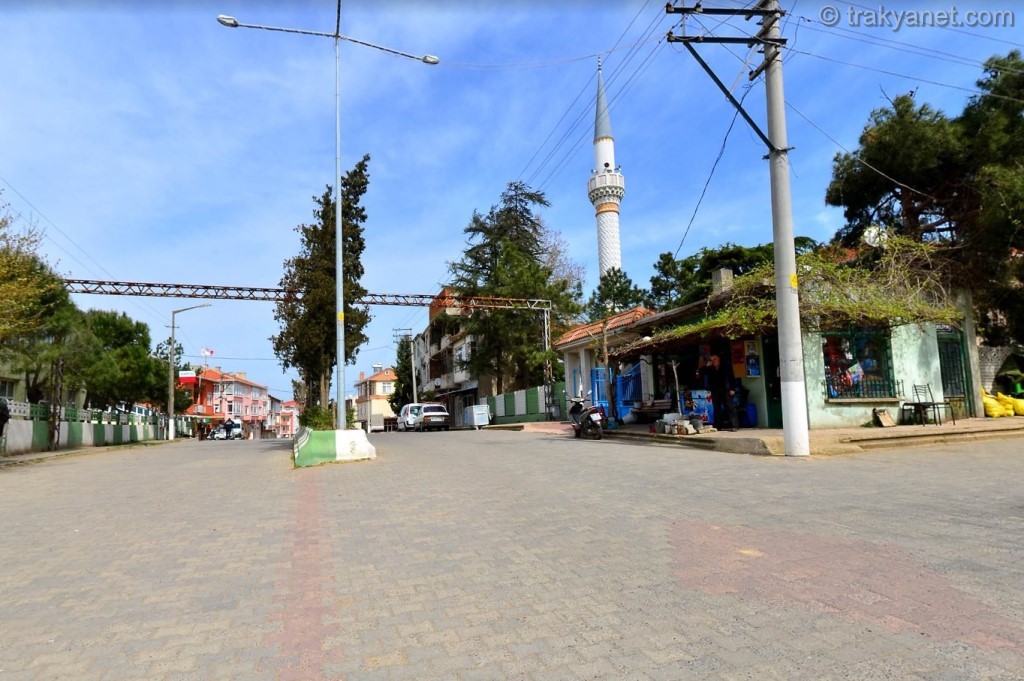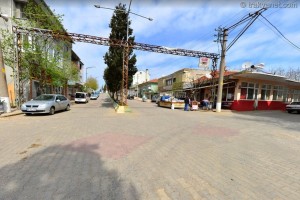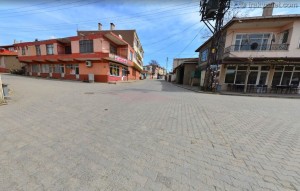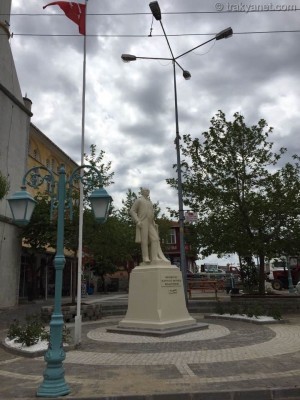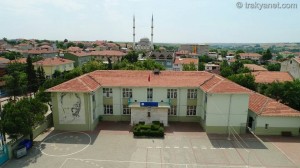Karacakilavuz is located at a point where the administrative boundaries of the districts of Suleymanpasa, Hayrabolu, and Muratli intersect, 32 km from the provincial center, 32 km from Hayrabolu, and 24 km from Muratli. You can reach the town from Suleymanpasa via minibuses departing from the Koprubasi area every half hour. For transportation by private vehicle, you can follow the Tekirdag-Hayrabolu road and pass through Banarli, or take the Tekirdag-Muratli road and reach it via the Yesilsirt-Aydinkoy route.
History
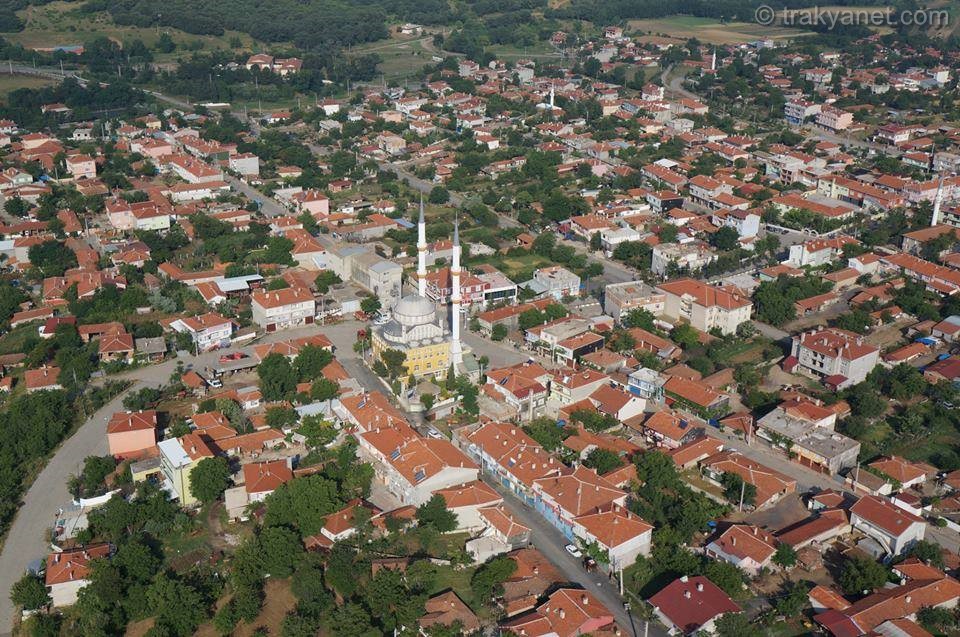
Karacakilavuz was founded by immigrants who migrated from the Krushevo Krusva and Sennik Cadrli villages of the Sevlievo Selvi town of Bulgaria in 1884-85. It is said that the people were forced to migrate to Bulgaria during the 15th century as part of the policy of Turkification of the Balkans from the Konya-Karaman region.
There are also various sources that suggest Karacakilavuz was once part of the timars (land grants) of Koca Mustafa Pasha, one of the viziers of Fatih and Sultan Bayezid. Additionally, the oldest tombstones found in the cemetery within the town date back to 1730. These tombstones indicate that this area was once home to a family known as "Ibrahimzade." When Karacakilavuz was founded, it was initially part of the Hayrabolu district, under the Büyükkarakarli sub-district, later being annexed to the Banarli village.
According to the legend about the name of Karacakilavuz, a group of hunters followed a deer and eventually arrived at the place where the town is now located. They were so enchanted by the beauty of the place that they started calling it "Karacakilavuz," meaning "the place where the deer led them." The name was used in older documents as "karacakulavuz" and "karacakuloguz," but it took its current form after the 1930s.
Until 1924, the village was governed by two separate muhtars (village heads), one for the people from Krusva and the other for the people from Cadrli village. After this time, the village was governed by a single muhtar. With the new metropolitan municipality law, the town's municipal structure was abolished, and it was transformed into a neighborhood.
Agriculture and Livestock
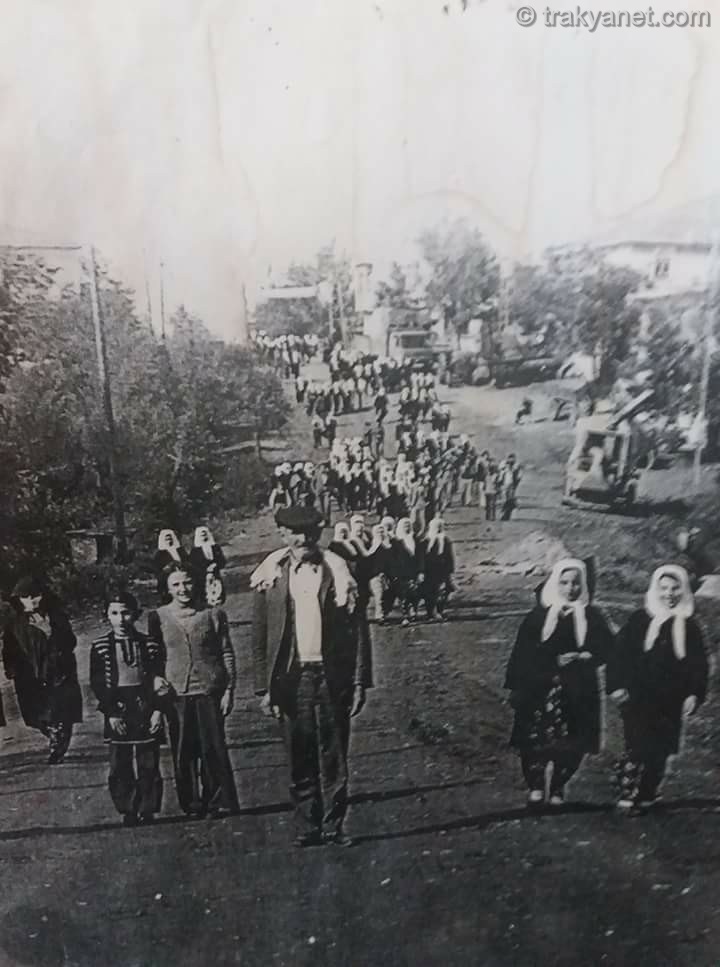
Karacakilavuz is located 32 km from the town center. As of 2016, the population was determined to be 2,954. The town's economy is based on both agricultural and livestock production. The town currently has 2 primary schools, a health center, drinking water and sewage networks, 4 restaurants, a football field, and an Agricultural Center. The climate is under the influence of the Marmara climate. Summers are hot, winters are cold and rainy. The average annual rainfall is between 500 and 1,000 mm.
The product pattern in the town reflects the general situation of Tekirdağ province. The main crops grown are wheat and sunflower. In addition, due to the intense livestock activity, feed crop production is also significant. Furthermore, in recent years, canola cultivation has been added to the town's crop pattern.
Handicrafts
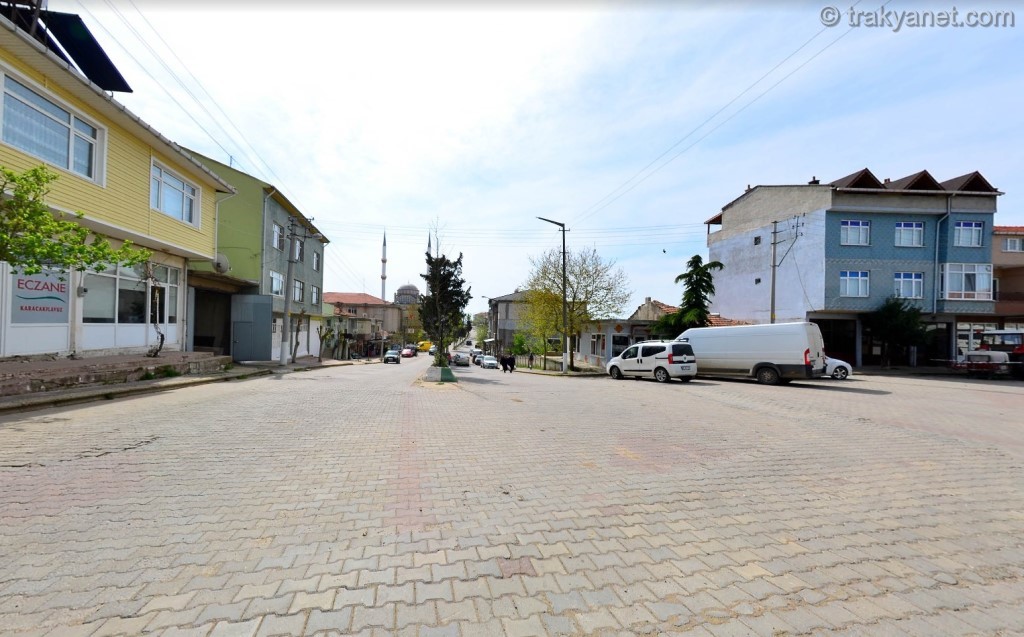
In Karacakilavuz's handicrafts, we can observe both "CICIM," a type of knotted weaving, and "DIMI," a type of shuttle weaving, being used together. The Dimi weaving technique is used in the base weave of the fabrics, while the Cicim weaving technique is used to create motifs and patterns on the surface. Additionally, the flat weave technique known as "CECALA," along with striped fabrics called "CERGI," made of wool, are also produced in the area.
The Dimi weavings are created using 4-frame, four-legged wooden looms. The Dimi weavings are categorized into three types: warp Dimi, weft Dimi, and double-sided or two-sided Dimi, depending on the density of the warp and weft threads. The Dimi type used in Karacakilavuz produces a reversible pattern with the same appearance on both sides.
4-Thread Dimi Weaving: Sira Tahar
This technique is used to create raised patterns on the woven surface by inserting colorful threads between the weft threads in weft-faced weaving or kilim weaving. In the local weavings, the technique is applied while weaving the Dimi on the warp threads, with colored threads being passed from the back to the front and then released back, creating skips and varying motifs. The process is repeated until the motifs are completed, and the weaving surface has a raised appearance.
Weavings produced locally are mainly used as floor cushions or pillows. The standard dimensions for floor cushions are 65 cm in width and 100/110/130 cm in length. The pillows have a width of 60 cm and a length of 110 cm.
In the past, Karacakilavuz weavings used locally produced woolen threads for the weft, warp, and patterning. However, today, factory-made wool, cotton, and synthetic yarns are used.
In the studies of the local weavings, where the Cicim technique is used to decorate the Dimi base, we encounter three different composition patterns. In two of these patterns, one side of the weaving has a higher density of design, while the other side either has no design or contains a single motif from the design group. In the third pattern, a motif is repeated at regular intervals, with columns separating the repeated motifs. In this composition, the main design remains the same, with only the repeated motifs changing.
To revive the local handicrafts, a project titled "I Love Tekirdağ" was initiated by Tekirdağ Governor Aydın Nezih Doğan. As part of this project, efforts to develop new types of weaving and to reintroduce the nearly lost art of hand weaving continue. The project aims to help those involved in weaving contribute to their family income by revitalizing Karacakilavuz Handicrafts.






